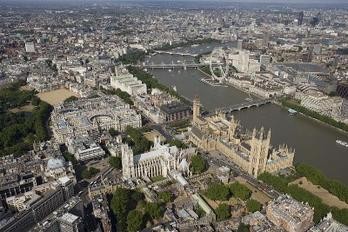
Since 2000 the city of London is working on multidimensional inclusion of ethnic minorities and women through Specific ‘equality schemes’.
The Inclusive Cities Observatory case study on the Greater London Authority (GLA)’s equality policy provides an analysis of the policy initiated in 2000 under the mayoralty of Ken Livingstone (2000-08). The policy continues under the current mayor, Boris Johnson.
The Greater London Authority (GLA) is London’s coordinating authority in the areas of the police service, transport, fire, and strategic planning. London is not simply the capital of the United Kingdom, but a ‘global’ city, with an estimated total population of more than 7 million people. London produces a wealth comparable to that of many national economies and attracts high levels of foreign investment and a large number of tourists from all over the world. It is also the most ethnically diverse city in Europe, with a population that encompasses 300 languages, and sees over 150 countries represented and 14 faiths practiced. This picture suggests a successful story of local development and urban diversity. However, London is also a city of social exclusion and inequalities.
The implementation of the policy involved the formal participation of the main policy stakeholders, including civil society organizations representing the target groups. Specific ‘equality schemes’ were approved by the GLA, which addressed race, disability and sexual orientation, amongst others. Several initiatives, including festivals and other types of events, were organized by the GLA in order to valorize the ethnic diversity and cosmopolitan character of the city, including in relation to London’s ‘diverse’ economic connections with countries such as Russia, China and India.
Official documents report very positive cultural, economic, and social impacts from the GLA’s equality policy on both the city and the communities and groups targeted by the policy and its equality schemes. The case study shows how the GLA and its equality schemes appear to have been successful in improving at least some aspects of the life of (ethnic) minorities and women in the city following the implementation of this policy.
Click here to read the case study.
Source: UCLG Committee on Social Inclusion, Participatory Democracy and Human Rights










